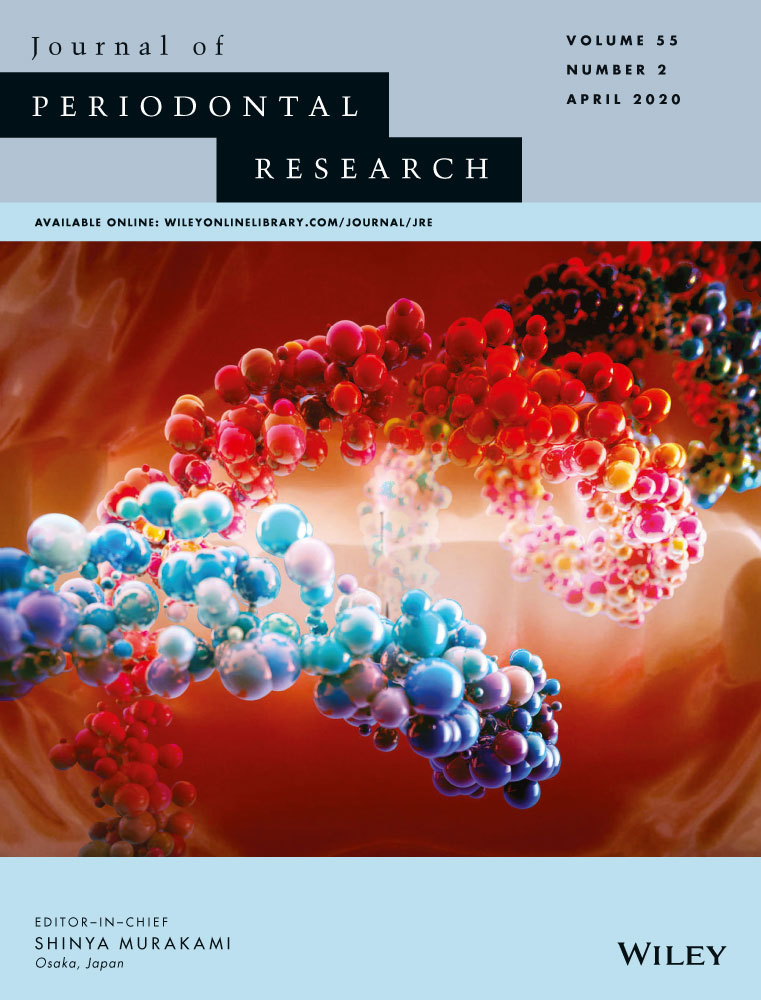A 3-year prospective clinical and patient-centered trial on subepithelial connective tissue graft with or without enamel matrix derivative in Class I-II Miller recessions
Abstract
Background and Objective
The study compared clinical and patient-centered outcomes of subepithelial connective tissue graft (CTG) with and without enamel matrix derivative (EMD) in the treatment of Class I-II Miller periodontal recession defects.
Material and Methods
This prospective clinical study evaluated 80 patients over a 3 years follow-up in a private periodontal practice. A total of 144 maxillary and mandibular anterior teeth were divided into two groups: group 1 (CTG with EMD—80 teeth) and group 2 (CTG only—64 teeth). Recession (REC), keratinized tissue (KT) width, % root overage, patient-centered outcomes, and pain visual analog scale (P-VAS) were compared between the two groups.
Results
At 3 years follow-up at a patient level, statistically significant changes in REC were achieved in both group 1 (4.65 ± 1.84 to 0.39 ± 0.19 mm) and group 2 (4.43 ± 1.11 to 0.92 ± 0.43 mm). Complete root coverage (CRC) was achieved in 66.4% of group 1 and 50.1% of group 2. At both patient and tooth level, the 3-year outcomes were superior for group 1 compared with group 2 in terms of % root coverage, REC, and KT width. Clinical attachment loss (CAL) was reduced in group 1 compared with group 2 at the tooth level analysis only (<.01). Significantly less pain was reported using the pain visual analog Scale (P < .001) at the two weeks follow-up post-surgery in group 1.
Conclusions
Addition of EMD results in improved root coverage outcomes and higher amounts of keratinized tissue width 36 months after treatment of multiple adjacent recessions on maxillary and mandibular anterior teeth. The adjunctive use of EMD also resulted in significantly reduced pain 14 days after the surgery.
CONFLICT OF INTEREST
The authors declare that they have no conflict of interests.




